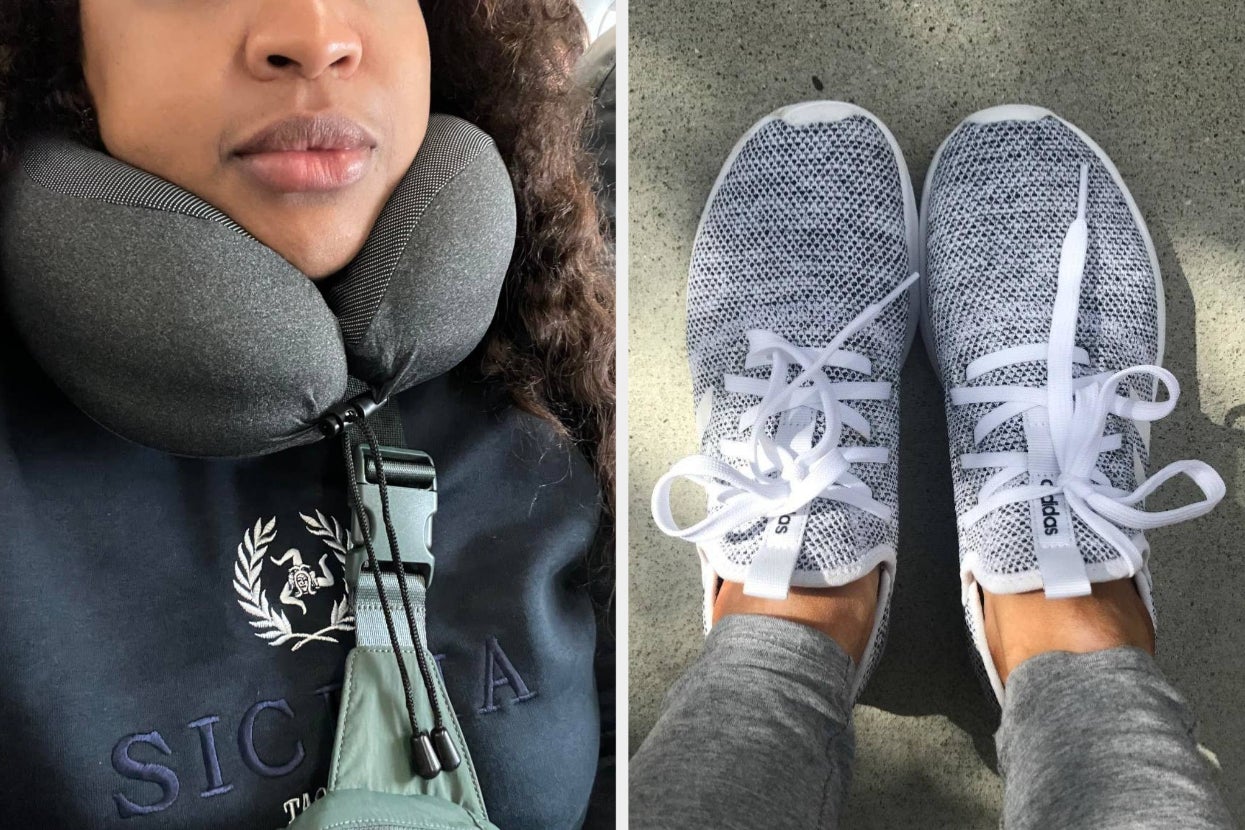O ur kids went on their first backpacking trip at 3 and 5 years old, a 3⁄4-mile forested hike to a beach on the Olympic Peninsula where we pitched tents on the sand and spent days hiking the shoreline and exploring tidepools. The kids carried their own packs — my 3-year-old’s backpack simply held his diapers and camp mattress — and quickly learned how to filter water, set up camp, and pee in the bush. Fast forward a decade.
Our kids, now 13 and 15, still join us for daytrips and an annual multi-day hike that’s long enough to require food resupply stops along the way. We’ve backpacked hundreds of miles over the past couple of summers, exploring mountainous trails near our home in Washington state to remote areas in British Columbia where we didn’t see anyone for a couple of days. We’ve had carefree moments of chatting along the trail and stressful times as we’ve traversed steep snowfields, forded raging rivers, and spooked a black bear nestled in a bush.

One 10-day hike included 27,000 feet of vertical gain (we slept well at night). Some of us have loved every minute of it. Others have wanted to get airlifted out (permanently or maybe just for a quick burger and milkshake).
We have learned a lot over the miles on how to make a trip work, even when not all of us want to be there 100 percent of the time. Read on for tips about hiking with kids. We didn’t want to stop doing what we loved — and we wanted our kids to enjoy the outdoors — so we never stopped hiking after our kids were born.
We put them in backpack-style child carriers for our trail adventures until they could walk and then enjoyed seeing the world at a toddler’s pace — every bug, mushroom, flower, and rock along the way — marveling at the details of a world we would have powered past in our pre-kid days. Taking your kids hiking won’t guarantee they’ll like it, but the sooner you expose them to camping and hiking, the greater the chance they will embrace it and see it as the norm. Advertisement A heavy pack will not only slow a child’s pace, but it can cause discomfort or pain — and take the fun out of hiking.
It’s worth investing in (or renting) lightweight kid’s gear for backpacking trips (the AMC’s Highland Center in Bretton Woods provides free loaner hiking gear for guests of all ages). We let our kids carry their snacks and jacket or other small items in a lightweight pack up until they were about 8 years old. Since then, we’ve followed the general rule that children shouldn’t carry more than 15 to 20 percent of their body weight on their backs.
Even as adults, we try not to carry more than 25 percent of our own body weight. We bring a luggage scale with us so we can weigh our packs at the trailhead — once we have water and all the last-minute items inside — so we can make final adjustments, as needed, before hitting the trail. As any parent knows, it’s game over if a child gets cranky due to hunger, and that can be a real stressor if you’re off the grid trying to reach the day’s campsite or destination.
We always have snacks within reach and make sure that we stop regularly and gently enforce snack time (our son would rather explore than eat, so we’ve talked a lot about fueling one’s body and what it means to be a part of a group — we’re all in a pickle if he “bonks” on the trail). If you’re like us, you probably try to eat pretty healthy in daily civilized life. But when you’re 20 miles into a 100-mile hike (or 3 miles into a 10-mile day hike), it’s time to bust out the jellybeans not rattle on about the health benefits of flax seeds and banana chips.
I’m not ashamed to admit that Skittles and Oreos have propelled my children up many mountains and trails. Advertisement As my son Sam , 13, recommends, “give yourself a good reward in the middle of the hike.” If you’re doing a long-distance hike and have a cache (a food resupply) part-way through, he says, “put a treat like Pop Tarts in your cache to lift the mood.
” Part of the fun of travel is the planning and the same rings true for backpacking and hiking trips. Pull out maps and guidebooks and encourage your kids to help plan your trip — it can help get everyone excited and on the same page. We ask our kids make their piles — of clothes and other gear — and then we go through everything with them and help them make tweaks, if needed.
We also have them pack their own gear into dry bags and then their backpacks, so they know what they’re carrying and where to find everything inside their pack (this prevents fumbling to find rain jackets in a downpour or headlamps when it’s time to pitch the tent in a dark forest). Our kids also help with food planning — even if that’s just picking out their own store-bought camping meals, if we don’t have time to make our own — and prepping meals for the trail. Make life as simple as possible so there’s little thinking — and potential for conflict — when you’re tired.
On previous hikes, our camp spoons frequently got mixed up. We started putting a small piece of colored electrical tape on the handle of each spoon so we could tell them apart — no more arguing over whose was whose — and we each kept our spoon in our rehydration pack or else attached to the keychain clip in the top lid of our pack so it wouldn’t get lost. Advertisement Each night, we had to pitch the tent, cook dinner, and pump water.
We learned that rotating the evening chores meant no one got stuck doing the same thing, and helped eliminate any arguing when we were all hungry and tired. Like you, we teach our kids to live honest lives, but in the name of sanity and daily hiking goals, you sometimes need to stretch the truth for everyone’s benefit. Many of our hikes have fairly rigid requirements — we have to reach our backcountry campsite each night because of wilderness permitting, tides, and other factors.
Nothing makes trail miles feel longer than knowing you are almost there. When my kids ask how much farther and we only have 2 miles to go, I tell them it’s “just another 31⁄2 miles” — long enough to keep them motivated, short enough to avoid mutiny. I simply know that if I tell my kids 2 miles, it will feel like 12 miles by the time we arrive — and we’ll all be frustrated and demoralized by then.
You’ll find the sweet spot for what amount of “distance fudging” works for your child. Even on our longest days, we always make time to relax and play along the way. You don’t always know what you’ll find so building in extra time for a surprise waterfall, a wild animal sighting, cool clouds, fields of wildflowers, and serendipity makes for memorable moments (and makes the experience feel less like a death march).
Advertisement The older our kids get, the more responsibility and free reign we give them. One day, on a hike around Mt. Rainier, we didn’t see the kids for a few hours — they happily marched on ahead of us, knowing we wanted them to stop at any junctions or before crossing any big bridges.
They had bear spray — and the knowledge of how to use it — and good common sense after years on the trail. They loved having the freedom to discover the trail on their own, with us not far behind. We also included them in decision-making along the way and let them handle important tasks, such as hanging bear bags and cooking dinner, even if mistakes could have had bigger consequences.
One of the most important lessons I learned, as a parent, was the benefit of hiking with friends. Not the kids’ friends, but adult family friends. This proved a major bonus for several reasons: My husband couldn’t always join us due to work, but having another adult or two around gave me piece of mind in case of an emergency in the wilderness (we do hike in bear country, after all).
Also, kids have a tendency to rise up and meet the trail ahead of them when someone other than a parent is part of the fun. I’ve faced a lot more grumbling during hikes when I’ve been on my own with the kids, versus when we have friends along — it changes the dynamic enough to cut down on complaining. The amazing allure and beauty of nature seems to lose its shiny appeal once kids hit the teenage years — not for everyone (my son still adores hiking) but for some (my daughter could happily never hike another day in her life, unless it involved shopping and maybe Nepal, which has a bohemian appeal to her).
We also value and remember different things. I’ll treasure the big views and sunsets, but my daughter will remember napping in a hammock beside a lake one afternoon and my son will cherish hours spent making up his own games using sticks and stones at our campsite. I’ve discovered that nothing kills the happy trail mood faster than talk about life lessons.
Don’t wax on about how overcoming hardship and challenges on the trail will serve them well in high school or later in life. A tree will listen better than a teenager when you start making philosophical points along the trail. It’s also best to take your teen to a place from which there is no escape (and that has no cell service).
Our 8-day, 115-mile hiking trip last summer started at the tip of the Sunshine Coast on a peninsula northwest of Vancouver. Getting there required a series of drives (totaling six hours), two ferry rides, a van shuttle, and a zodiac ride — and deposited us far, far away from Ubers, friends, or relatives who could “rescue” our daughter and take her home. Once Grace realized there was no way out, she truly enjoyed herself.
Even though she claimed that “30 percent of the time I did want to be there, and 70 percent of the time I wanted to be helicoptered out,” she later admitted that she “100 percent wouldn’t trade the experience for anything” — and that makes it all worthwhile. Happy trails, whether you’re introducing your toddler to his or her first hiking experience or taking your teens away from civilized life for an epic adventure. Kari Bodnarchuk can be reached at travelwriter@karib.
us . Kari Bodnarchuk can be reached at [email protected] .
.



















